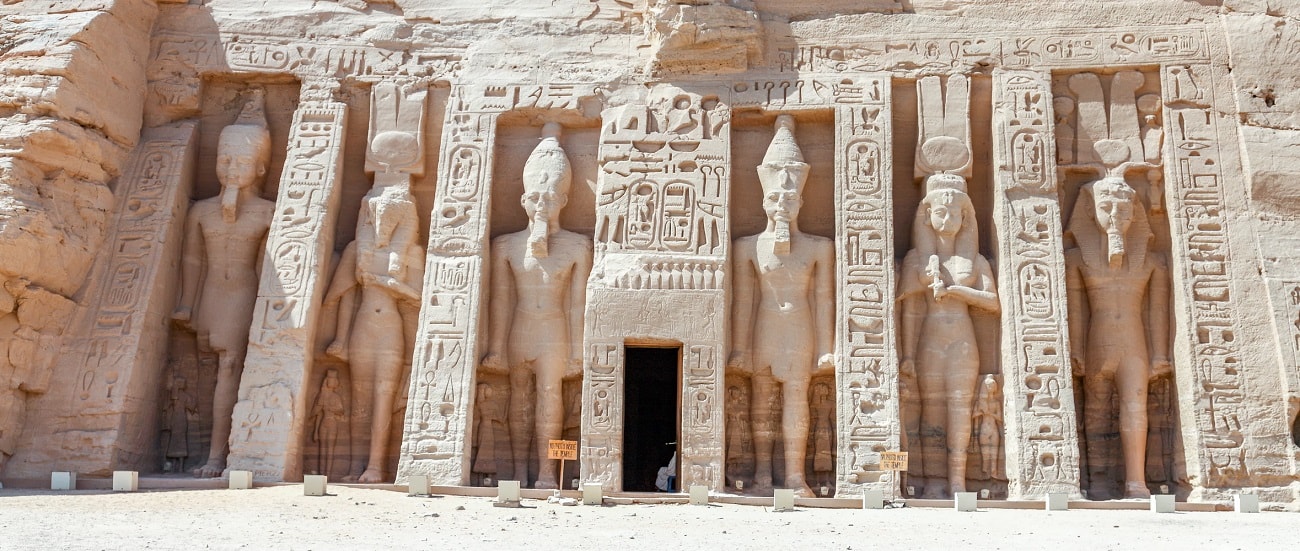Egypt brings out the explorer in all of us. Think sand-covered tombs, temples built thousands of years ago, barren sands of the Sahara desert, soaring pyramids and an unparalleled rich history – it’s hard to get enough of this country. No matter how much you think you’ve actually explored, you won’t even be near scratching the surface.
Apart from eclectic Cairo, the azure beaches of the Red Sea, the staggering cliffs of its deserts and the River Line snaking its way up through the country – Egypt has arguably some of the most impressive temples in the world. Riddle-laden walls juxtapose the stunning Nile sunsets, while hieroglyphic-engraved walls tell the stories of an ancient civilization that has continued to impress until today.
The temples in Egypt harbor their own mystique – an aura of mystery that will leave you wanting to come back for more. Filled with discoveries, waterside edifices, open-air museums and mysteries, the temples of Egypt invite you to uncover the mysteries of a land that, until today, is called Umm Al Dunya (mother of the world).
The Karnak Temple
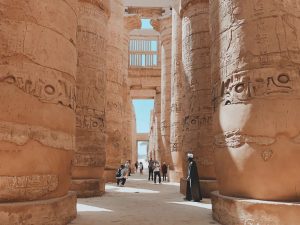
The largest temple complex in Egypt, think of the Karnak Temple as the Vatican of ancient Egypt. Few attractions in Egypt are as impressive as this magnificent complex.
First things first – this is the largest ancient religious site worldwide and is an effortless blend of different Egyptian styles from different generations of Egyptian builders.
What makes it special:
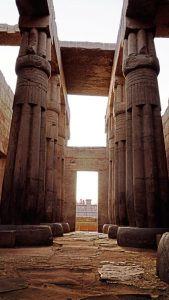
Fun fact for you: A staggering ten cathedrals could be stuffed right into the Karnak’s area which houses more than one temple inside of it.
You’ll start your journey at the Temple of Amun-Ra. Walk through the forest of colossal hieroglyphic-covered columns that tell hundreds of stories, feel the sheer grandeur of the colossal edifice as it surrounds you from every corner and get lost within this playground of explorations.
Some people never make it past that. This part remains the most impressive that people tend to ignore the rest of the temple. That’s where they’re wrong. The secrets of the Karnak lie in what is inside. After all, it has been built, rebuilt, put together, changed, chopped and re-constructed by thirty pharaohs (including Queen Hatshepsut). So expect to be overwhelmed.
The Abu Simbel
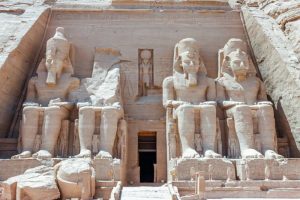
The story behind Abu Simbel is what it makes extra special. A few years back, the Abu Simbel Temple was buried under millennia of sand only to be discovered in the early 19th century.
The Swiss scholar Burckhardt apparently had seen the top of the Abu Simbel while cruising down the Nile and a young boy named Abu Simbel led him towards it (thus the name of the temple).
You’ll start your visit by being welcomed by the staggering four 20m-high statues of Ramses II – one of the most popular pharaohs out there. The least I can say about this colossal structure is that you should probably just let the feeling of being overwhelmed take over you and embrace it. You’ll need that!
What makes it special:
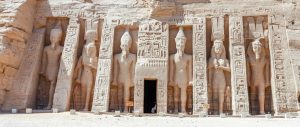
The best part of the temple? The temple was originally built so that every year on Ramses’ birthday and coronation day (21 February and 21 October respectively), the light from the sunrise would illuminate one of the darkest chambers in the temple.
That ray of light (not coincidentally) shines down on three statues of three different Gods giving the entire shrine a powerful aura.
The Luxor Temple
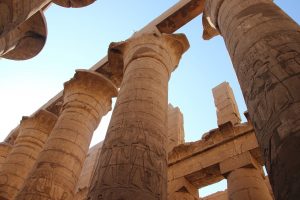
The journey to the Luxor Temple is as impressive as the temple itself. You’ll walk through an avenue lined with dozens of sphinxes, a colossal collection of statues of Ramses II and gorgeous edifices to check out.
The Luxor Temple is perched right in the middle of Thebes, the ancient Egyptian capital. Long ago, it was used as a place of worship and it has always been a place idolized by the ancient people thanks to the way it was built to honor the gods of Egypt.
What makes it special:
The most interesting thing about the Luxor Temple is how you can find traces of modern religion fused together with the ancient Egyptian religion. There are the foundations of a mosque constructed during the medieval times, and there are Christian traces left plastered right unto the columns of the temple.
Temple of Hatshepsut
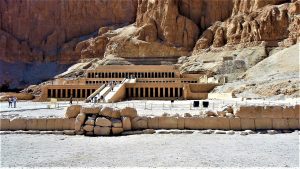
Hatshepsut – one of the first female Pharoahs, one of the most powerful pharaohs of Egypt and one of the top historical women of all time – is a symbol for all women out there. It’s no surprise that there’s an entire temple dedicated to her.
Deir el-Bahari is built right into a steep cliff face, thus offering incredible views from its three different terraces surrounded by lush gardens.
What makes it special:
Make sure you check out the Punt Colonnade. This is where you’ll find a full narration of her expeditions, achievements, and how she was viewed as the daughter of Amun (the god of Air).
The Temple of Edfu
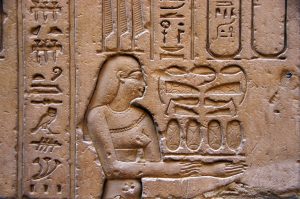
The Temple of Edfu is dedicated to Horus – the god of the sun. No big deal! The second biggest temple in Egypt and the best preserved is worth every minute of your time.
What makes it special:
What makes this place exceptionally special is how well it’s persevered. It’s actually one of the best-preserved temples in all of Egypt and instantly puts you in the mood of ancient Egypt. The sanctuaries feel like they’re still being used and you’ll find it hard to believe that these have been used thousands of years ago.
The temple was actually later used to worship Jesus (another sun god if you think about it!) and that was discovered through the small fish symbol found on the walls of the temple.
You’ll get to enjoy incredibly ornate rooms, magnificent altars, shrines still standing until today and of course – panoramic vistas of the Nile from the halls.
The Temple of Philae
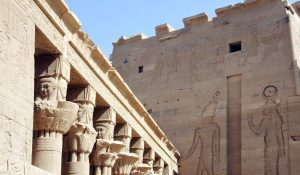
Philae was known for being the center of the pilgrimage for the cult of Isis, the goddess. You’ll find gorgeous courtyards, intricate details, and a home to tone of the largest pagan temples to operate even after Christianity arrived.
Revel in the dramatic gateways, the gorgeous columns, the granite lions, and the stunning reliefs.
What makes it special:
This temple is where the last hieroglyphic was inscribed right before Christianity became widespread in Egypt and banned all pagan religions. Sadly, a lot of symbols have been defaced and replaced with Christian symbols, altars and even crosses.
Now imagine this with me – years ago, the waters of the Nile would partially submerge the temple and explorers would row their boats amongst the colossal columns.
The Valley of the Kings
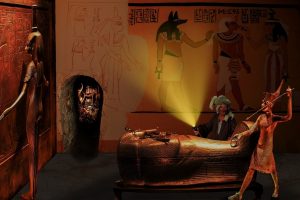
Are you ready to experience the best examples of art to survive the ancient world? The Valley of the Kings is an unparalleled necropolis that houses more than 60 tombs – all with incredibly different artistic executions. Check out the Tomb of Seti I – a place that feels like an otherworldly shrine altogether. You’ll walk down the longest and deepest tomb of all and revel in the art, star-dotted ceilings, scenes on the wall and the first domed ceiling in Egypt.
It’s not just the art or the architecture of the temples that is impressive. It’s the stories that lie within, narrated by intricate carvings on the wall, emanating an unparalleled sense of mystique and an insatiable curiosity to the past.

